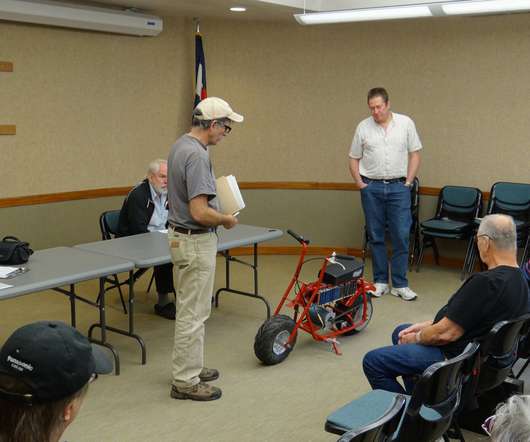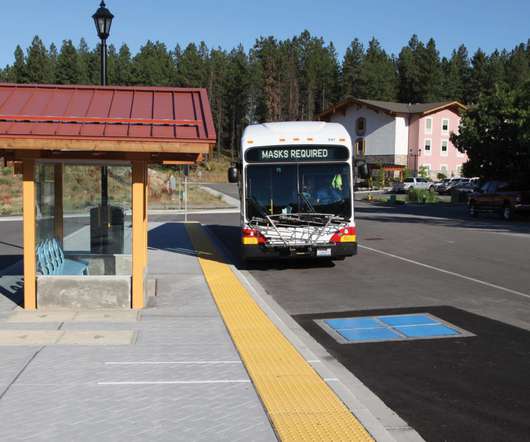New silicon-hydrogel composite Li-ion anode material shows long cycle life, easy manufacturability
Green Car Congress
JUNE 4, 2013
The hydrogel is polymerized in situ , resulting in a well-connected 3D network structure of Si nanoparticles (SiNP) coated by the conducting polymer. A g -1 , the composite electrode exhibited a relatively stable reversible lithium capacity of 1,600 mAh g -1 for 1,000 deep cycles based on the weight of only Si. Click to enlarge.











Let's personalize your content